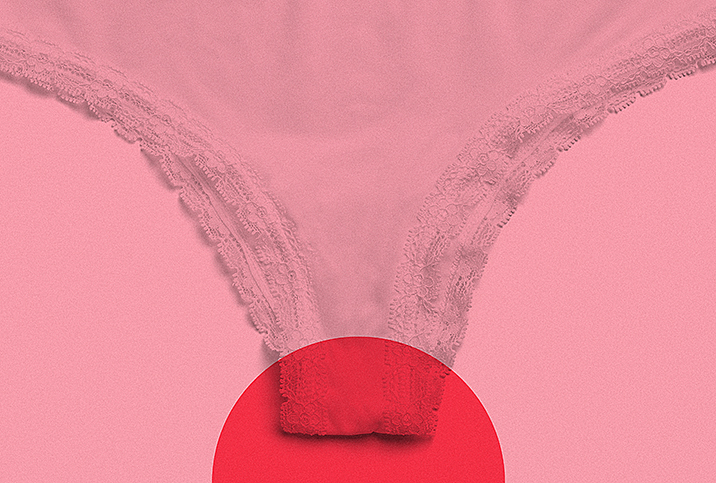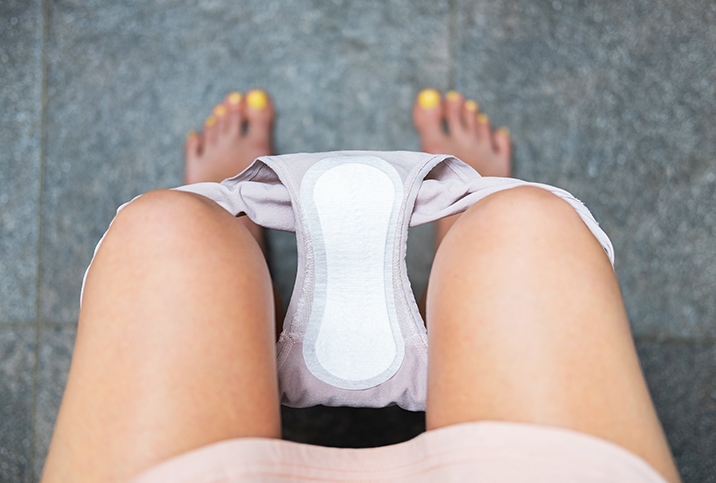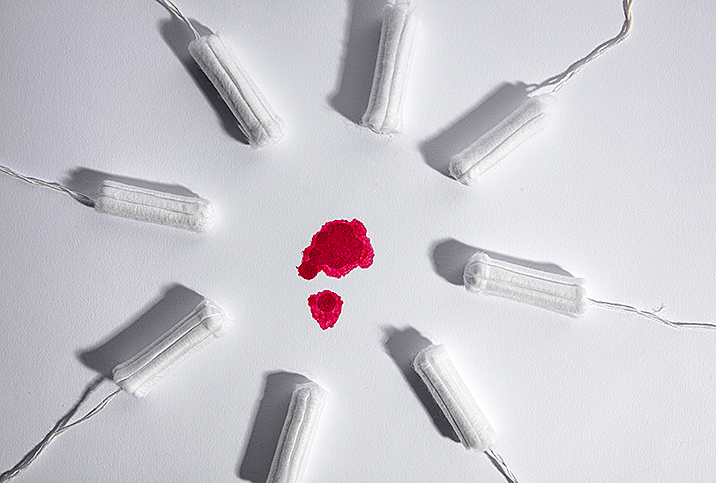Why Every Woman Should Opt For An Iron-Rich Diet

Studies—for example, at Emory University in Georgia—have shown that women are twice as likely as men to suffer from iron-deficiency anemia. Though common, anemia can have a heavy impact on someone’s quality of life, overall health and even mental well-being. Let’s explore some of the reasons why anemia is more prevalent in women and what can be done to prevent and treat it.
What is anemia and why are women more likely to have it?
In general, anemia refers to a lack of healthy red blood cells, resulting in inadequate oxygenation of the body. Iron-deficiency anemia is a condition that occurs when there isn’t enough iron in the blood, causing a shortage of red blood cells needed to carry oxygen throughout the body. Women are especially vulnerable to anemia if they bleed heavily during menstruation. A 2016 article published by Nature Review Endocrinology found that around 20 percent of pregnant women in the world are anemic, putting them at risk of preterm delivery or birthing an underweight baby.
Short-term effects of anemia
Even mild cases of anemia can have you feeling unwell. The most common symptoms are fatigue, weakness, headaches, dizziness, feeling cold easily and lack of appetite. In many cases, people experience heart palpitations, shortness of breath and even pica (a craving for things that aren’t food, most often ice but sometimes dirt or starch). Some visible signs might be pale skin especially around the eyes and a lack of color in your lips. You might also have especially brittle nails and hair.
Apart from feeling exhausted and not your best, prolonged anemia can take a heavy toll on your mental health. According to a 2020 study by BMC Psychiatry, anemia has been linked to anxiety, depression, mood swings and panic disorders. Some anemic people report that increasing their iron intake significantly improved their anxiety and depression.
Serious effects of anemia
Severe anemia left unchecked can lead to heart failure as a result of the prolonged strain of low levels of hemoglobin in your blood. While most cases of anemia are caused by a lack of iron, in rare cases, it can be a sign or symptom of more serious underlying conditions such as infection, kidney disease, cancer or autoimmune diseases.
Treating anemia
Keeping your iron intake up may seem tricky at first, but once you know the right foods to incorporate into your everyday meals, it’s a great (and delicious) habit to get into. It can be especially challenging for vegetarians as red meats, pork, fish and poultry are iron-rich. However, rice, beans, leafy dark green vegetables and dried fruits are extremely iron-rich as well.
It’s important to note that vitamin C is a vital partner when it comes to absorbing the iron in the foods you eat. It doesn’t matter how much iron you take in if you’re not getting enough vitamin C. Consider incorporating more citrus fruits, melons, strawberries, tomatoes and broccoli into your diet to ensure you’re getting the most out of every meal.
Exercise is another important component of treating your anemia. However, it can be extremely difficult when you’re seriously lacking in energy or getting lightheaded and short of breath just from standing up too quickly. Healthy blood flow can be great for preventing anemia, but if you’re already not feeling your best, you may want to keep your exercise routine light.
Medical intervention
If you think you may be ill, it’s important to seek help from a medical practitioner. They will take a blood sample to check your hemoglobin and iron levels. If there are no other health issues at play and it is just anemia that’s keeping you down, they’ll likely prescribe you some iron supplements to take for a short time. You should never start taking iron supplements on your own accord as too much iron can be toxic.
Treating your anemia is an important part of overall health, especially if you are pregnant or trying to conceive. Schedule an appointment with your doctor if you notice any of the symptoms of iron deficiency.


















